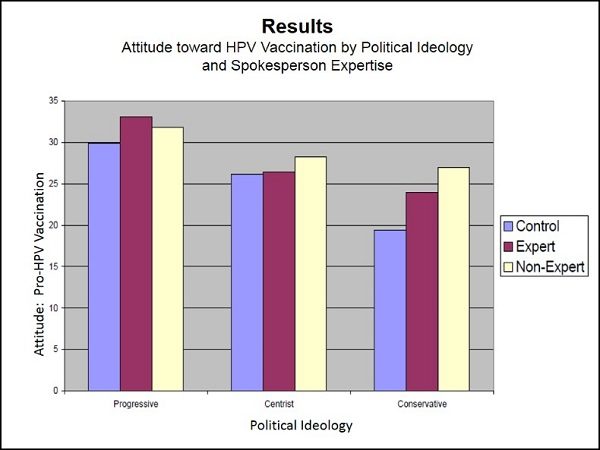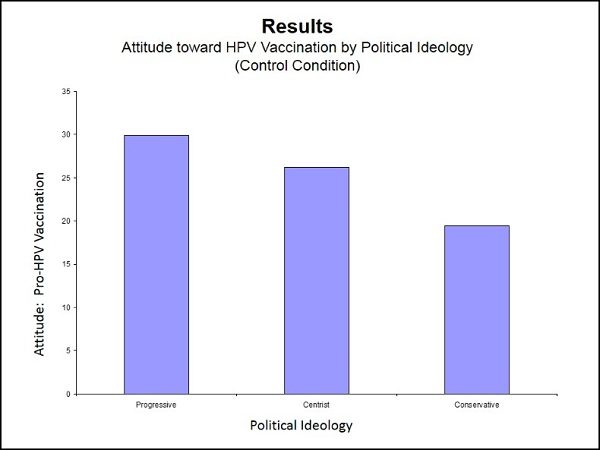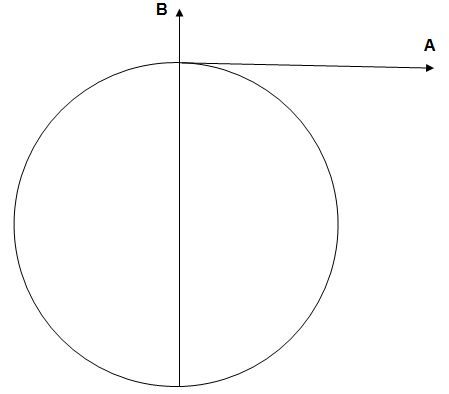Home » Posts tagged 'Donald Redelmeier'
Tag Archives: Donald Redelmeier
The Last Word on Improving Patient Satisfaction
You’ve improved your patient-care processes and outcomes but you’re still not happy with your patient satisfaction scores. And now, with CMS reimbursements increasingly tied to those scores, the pressure is rising to raise them.
Fortunately, the fields of psychology and behavioral economics may offer some easy-to-implement solutions to improve patient satisfaction scores both coming and going.
Start at the beginning
People’s memories are selective. They remember the beginnings and endings of things far more vividly and intensely than the middles.
The beginnings are particularly important, because they set up the patient’s expectations for everything that is to follow. It’s called “affect priming.”
If the beginning is stressful and unpleasant, the rest of the stay will have much repair work to do. Therefore, it is crucial to address patient satisfaction from the very beginning—the patient’s arrival at the hospital.
Address the parking situation: Worrying about finding a place to park is an issue that affects patients as well as their families. A free valet parking service can remove this worry and help create a caring first impression.
Careful maintenance of parking lots—to make them easily accessible, clean and safe— and liberal parking validation policies will also address this important opportunity to make a good first impression.
Greet everyone with a “Hello, can I help you?” Even people who spend a lot of time visiting hospitals can have a hard time finding their way around. Making every visitor feel welcomed and taken care of must become everyone’s priority.
Specially trained volunteers and/or dedicated staff “Welcome Ambassadors” can make a real difference in visitors’ experience.
Add some branded swag to the intake and admission process: In addition to making people feel welcome, giving them some branded items at intake can help them feel a stronger and more positive connection to you.
The act of accepting the gift of a branded pen (and/or other items such as tote-bags, socks, tee-shirts, baseball hats etc.) creates a sense of endorsement and mutual regard on the part of a patient. (It also helps if the intake and admission process is streamlined and friendly, of course!)
Your Last Chance
Research by Daniel Kahneman and Donald Redelmeier1 has shown the power of happier endings. They found that adding a period of greater comfort to the end of a painful experience influenced subjects to remember their pain levels as less intense.
Even when they made the overall unpleasant experience longer, ending it more pleasantly made the whole experience seem more pleasant.
The takeaway from this research is simple: Making the last few hours of a hospital stay more pleasant can change a patient’s lasting impression of the entire stay.
Here are a few last-day strategies that can pay big patient-satisfaction dividends:
Special last day meals: Food is always one of the most memorable (and not always pleasant) things about a hospital stay. Special meal treats on the last day before discharge, like an extra-specially made desert, can help make patients feel as though they have been treated with special care.
Special last day farewells: It is easy for a patient to feel anonymous, especially in a large institution like a hospital. Post the discharge schedule at all unit stations, and make it a priority for all members of every shift – and every discipline, including support and non-clinical personnel – to review the list and stop in to offer some “goodbye” best wishes.
The 30 seconds it will take will yield long-lasting and highly positive memories for the patient—and for your staff members as well.
Special last day treats and gifts: The same discharge schedule can be used as a distribution schedule for more branded swag items like those mentioned above in association with intake.
Tote bags are especially handy at discharge, especially if they are needed to carry some parting gifts—all carrying your hospital’s logo imprint, of course. Specially branded cookies and cupcakes (decorated with your logo as icing) can also help patients leave with good memories of their stay.
Health care includes showing you care
We’ve all seen studies that show that patients who have good communications with their care-givers rate the quality of care they receive higher. That’s another area worth focusing on for raising patient satisfaction scores (and certainly worth a few future posts).
Good communication makes for good relationships, and both circle back to the “affect priming” mentioned at the beginning of this post. If you show people you care about them on Day One, they will feel more cared about through their entire stay (and afterward, when they answer those HCAHPS survey questions).
You show you care by being interested—genuinely interested—in how they feel and what they have to say. Which means that it’s not enough to start off that first contact with, “Hello, can I help you?”
You also need to listen to what comes next.
References1
Kahneman, Daniel; Frederickson, Barbara L.; Schreiber, Charles A. & Redelmeier, Donald A. (1993) When more pain is preferred to less: Adding a better end. Psychological Science, 4(6), 401-405.
Redelmeier, Donald A. & Kahneman, Daniel (1996) Patients’ memories of painful medical treatments: real-time and retrospective evaluations of two minimally invasive procedures. Pain, 66(1), 3-8.



